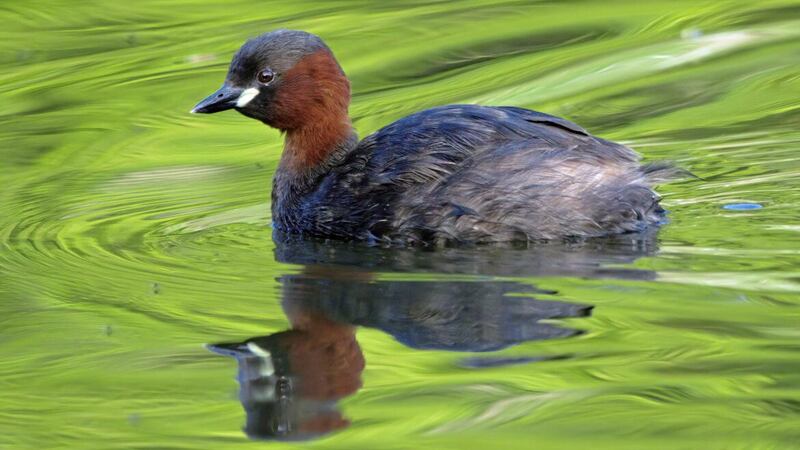DURING a short stay in Donegal's north west recently, I enjoyed the opportunity to re-familiarise myself with its spectacular rugged coastline, numerous bays and refreshing waters, all under the watchful eye of a dominant Errigal mountain and her Derryveagh sisters.
Bloody Foreland, or Cnoc Fola, 'Hill of Blood' is arguably one the area's most breathtaking headlands, as it gives impressive views of Árainn Mhór, Cruit and Gabhla islands to the south west as well as Tory Island to the north and across to Horn Head.
Folklore tells us the 'bloody' reference comes from the mythological tale of the warrior Lugh slaying his grandfather, Balor of the evil eye, king of an ancient race of supernatural giants. The blood which flowed from the hostile monster is said to have permanently stained the hillside and cliff faces giving them a reddish tinge.
The more enlightened view seems to be that the headland's mostly granite rocks turn a rusty red in the evening sun.
Deeper into this Irish speaking community, the Gaeltacht areas of Anagaire, Loch an Iúir and Rann na Feirste nestle among rolling, meandering roads, rocky outcrops, and tiny loughs, all resurrecting fond memories of carefree days there learning our native tongue.
Coláiste Bhríde and its playground remain unchanged as does the overgrown, uneven football pitch near Teach Colm, where our wonderful hosts kept a supportive, nurturing watch on youthful souls.
Onwards, near Dunfanaghy, a different red caught my eye as I scanned the New Lake close to the town. Once a saltwater marsh, shifting sand dunes in the early 1900s closed off its link to the sea, and subsequently it filled with fresh water to become a lake.
Close by the reeds, coot and moorhen drifted in and out of view while a slender grey heron sheltered by the same vegetation, showed its long neck, grey-white head, and yellow eye. A cluster of male mallard ducks in their 'eclipse' female-like plumage drifted along close together, while some tufted ducks also wore their midsummer molted plumage.
It was the silhouette of a little grebe, however, which drew my interest, its tiny frame frequently overlooked as an insignificant speck. Found on lakes and ponds, these diving birds spend much of their time under water chasing small fish and aquatic invertebrates.
On close inspection, this, our smallest grebe, sports a bright rufous throat and cheeks, with a pale patch at the base of its bill. The bird's legs are attached well back at the rear of its body, and with lobed toes this makes Tachybaptus ruficollis a very efficient diver and swimmer.
The leg and feet positioning give it the old English name 'arse-foot'. Because the legs are set so far back, the bird is awkward on land, often falling over when trying to walk. Its Irish name is Spágaire tonn, or 'clumsy bird' from 'spágach' meaning flat-footed or ungainly. Tonn translates as 'wave' but Anderson (Birds of Ireland; Facts, Folklore & History 2008) suggests it may have come from 'donn', meaning 'brown', to give us 'clumsy brown bird'.
Also known as Dabchicks, these grebes nest on floating platforms of weeds. Shakespeare in his narrative poem Venus and Adonis (1593), uses the name 'dive-dapper' for the bird when writing of Adonis:
Upon this promise did he raise his chin
Like a dive-dapper peering through a wave,
Who, being look'd on, ducks as quickly in.
The cheerful dabchick is always a heartening sight.
On my journey through Rann na Feirste, I learned from his neighbour that our 'fear an tí', from all those years ago had recently become unwell, so Colm, a fháil go maith.









